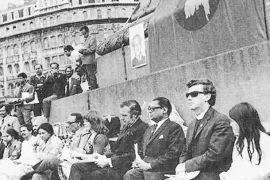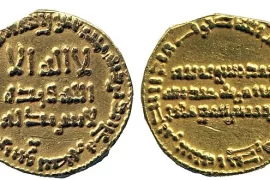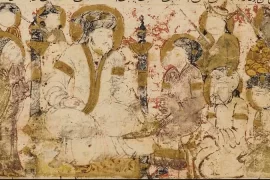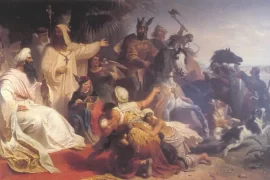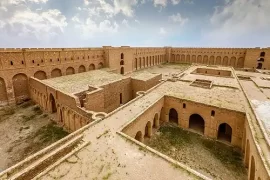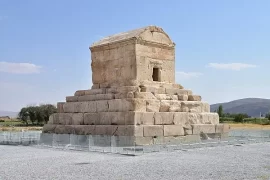The Khalistan movement is a movement for autonomy. It seeks to establish an independent Sikh state in the Punjab region of India. Khalistan will be the name of the state. The movement has a long history that spans several decades. It has been marked by violence and political turmoil.
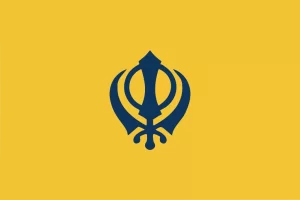
What does Khalistan mean?
The word Khalistan originates from two Punjabi words: Khalis and stan. Khalis means pure, and stan means land or place. Khalistan means pure land or the land of the pure. Sikh leaders use the term to refer to a Sikh-dominated state in the Punjab region. Its usage started in the early 20th century.
The Khalistan movement envisions a sovereign Sikh state independent of India. The state will follow Sikh traditions and values.
Who Started the Khalistan Movement?
Sikh leaders began to demand greater autonomy for the Punjab region during the 1940s. There was a sentiment among many Sikhs that they were deprived of an independent nation of their own when the subcontinent was partitioned into predominantly Hindu India and Muslim Pakistan in 1947. That was the beginning of the Khalistan Movement.
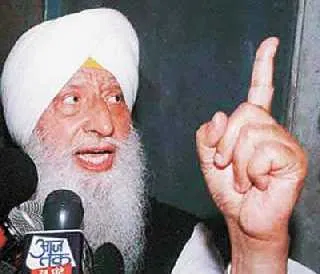
The movement gained momentum in the 1970s when Jagjit Singh Chauhan, a Punjabi politician and a dentist by profession, started a campaign to create Khalistan, an independent state of Sikhs in northern India. At that time he was based in London. Later, in 1971, he visited Pakistani part of Punjab and the US to gather support for the movement. He placed an ad in The New York Times declaring the formation of Khalistan.
The Khalistan movement officially began on April 12, 1980 through the establishment of Council of Khalistan at Anandpur Sahib. Jagjit Singh Chauhan became the president of the organization.
Who are the Leaders of Khalistan Movement?
The Khalistan movement has had many leaders over the years. The Indian government killed or imprisoned many of them.
Jagjit Singh Chauhan was one of the most prominent leaders of the movement.
Other prominent leaders include Jarnail Singh Bhindranwale and Balbir Singh Sandhu. Bhindranwale was a Sikh preacher and militant leader. Sandhu was a member of the KCF.
What is the Goal of Khalistan Movement?
The goal of the Khalistan movement is to establish a separate Sikh state in the Punjab region of India. The movement argues that Sikhs have a distinct identity and culture. They are different from the rest of India. The Sikhs should have the right to govern themselves, claims the movement leaders.
The Khalistan movement has also criticized the Indian government for discrimination against Sikhs. The movement has called for greater autonomy for the Punjab region. It has accused the Indian government of suppressing Sikh culture and religion.
Why do Punjabis want Khalistan?
The desire for Khalistan among Punjabis has a long history of conflict. Sikhs have long felt marginalized and subject to violence by the Indian government.
Many Sikhs believe that an independent state would provide greater political autonomy. It would allow them to govern themselves according to their own traditions. But, not all Punjabis support the Khalistan movement. Many prefer to remain part of India.
Timeline of the Khalistan Movement
1947: India gains independence from British rule, and the state of Punjab is partitioned between India and Pakistan.
1966: The Indian state of Punjab is further divided, creating the states of Punjab, Haryana, and Himachal Pradesh.
1973: The Anandpur Sahib Resolution is passed by the Shiromani Akali Dal, a political party representing the Sikh community in Punjab. The resolution calls for greater autonomy for Punjab, and for the Indian government to recognize the distinct identity and culture of the Sikh community.
1980: The Khalistan movement formally begins, with the establishment of the Council of Khalistan by Jagjit Singh Chauhan in London.
1984: Indian Prime Minister Indira Gandhi is assassinated by two Sikh bodyguards, leading to widespread anti-Sikh riots in Delhi and other parts of India. The Indian government launches Operation Blue Star, a military operation to flush out Sikh militants from the Golden Temple in Amritsar.
1985-1986: The Khalistan movement reaches its peak, with a series of violent clashes between Sikh militants and Indian security forces. The Indian government launches Operation Black Thunder, a military operation to flush out Sikh militants from the Golden Temple.
1995: The Khalistan movement loses much of its support, and Sikh separatist groups became marginalized.
2000s-2010s: There are occasional incidents of violence and unrest in Punjab, as well as protests and demonstrations by Sikhs demanding greater cultural recognition and political autonomy.
2015: The Indian government announces plans to build a highway through the Sikh holy city of Amritsar, sparking protests and concerns among Sikhs about the impact on their religious and cultural heritage.
2019: The Indian government abrogates Article 370 of the Constitution, which granted special status to the state of Jammu and Kashmir. Some Sikhs express concern about the implications for their own demands for greater autonomy.
2023: On June 18, Khalistan Tiger Force Chief Hardeep Singh Nijjar was gunned down outside a Sikh Cultural Centre in Surrey, British Columbia.
1984 Anti-Sikh Riots
One of the most tragic events in the history of the Khalistan movement was the 1984 anti-Sikh riots. The assassination of Indian PM Indira Gandhi by two Sikh bodyguards sparked it. The riots, lasted for several days. It resulted in the deaths of thousands of Sikhs and the destruction of Sikh homes and businesses.
The Indian government has been criticized for its handling of the riots. Many alleged that government officials were complicit in the violence. The riots have been a source of deep trauma and pain for the Sikh community. It continues to be a contentious issue in India’s political landscape.
Is the Khalistan Movement Still Active?
The Khalistan movement has lost much of its support over the years. It has become a marginalized political movement. But there are still some Sikh groups, particularly operating abroad, that advocate for an independent Khalistan. They are still fringe groups with little support among the general Sikh population.
The Indian government has cracked down heavily on Sikh separatist groups. Some Sikhs continue to advocate for greater political autonomy and cultural recognition.
Khalistan Movement In Canada
The Khalistan Movement in Canada has a century-long narrative. It unveils the complex interplay between the Sikh diaspora, asylum-seeking, and diplomatic relations. Initially rooted in the migration of Sikh pioneers attracted to Canada’s fertile landscapes, the movement underwent a dramatic shift in the 1970s amid rising political tensions, ultimately culminating in tragic events such as the Air India Flight 182 bombing.
Presently, contemporary controversies, epitomized by Prime Minister Justin Trudeau’s recent statement alleging RAW’s involvement in the killing of Khalistan Tiger Force Chief Hardeep Singh Nijjar in Canada , persist in challenging the fragile equilibrium between freedom of expression, asylum, and the demands of international diplomacy, leaving Indo-Canadian relations hanging in a precarious balance.
Pakistan’s role in the Khalistan Movement
Pakistan’s role in the Khalistan movement has been a subject of controversy and accusation, with two main allegations leveled against the country:
Providing Safe Haven: One of the primary accusations against Pakistan is that it allowed its territory along the Indian border to serve as a safe haven for Sikhs crossing over from India. Under the auspices of the Inter-Services Intelligence (ISI), it is alleged that Pakistan provided refuge to Sikh individuals who sought sanctuary due to their involvement in the Khalistan movement or to escape Indian authorities.
Indoctrination, Training, and Arming: The second, more serious accusation is that Sikhs who crossed the border into Pakistan not only got sanctuary but also training and arms from the ISI. This alleged support aimed to prepare these individuals for re-entering Indian territory and conducting combat operations against Indian state forces. This level of involvement suggests a higher degree of complicity on Pakistan’s part.
It’s important to note that these accusations remain a contentious issue, with Pakistan denying its involvement and asserting that it has no interest in supporting separatist movements within India. Nonetheless, the allegations have left a lasting impact on the perceptions of Pakistan’s role in the Khalistan movement, both within India and internationally, and have added complexity to the historical and political context of the movement.

